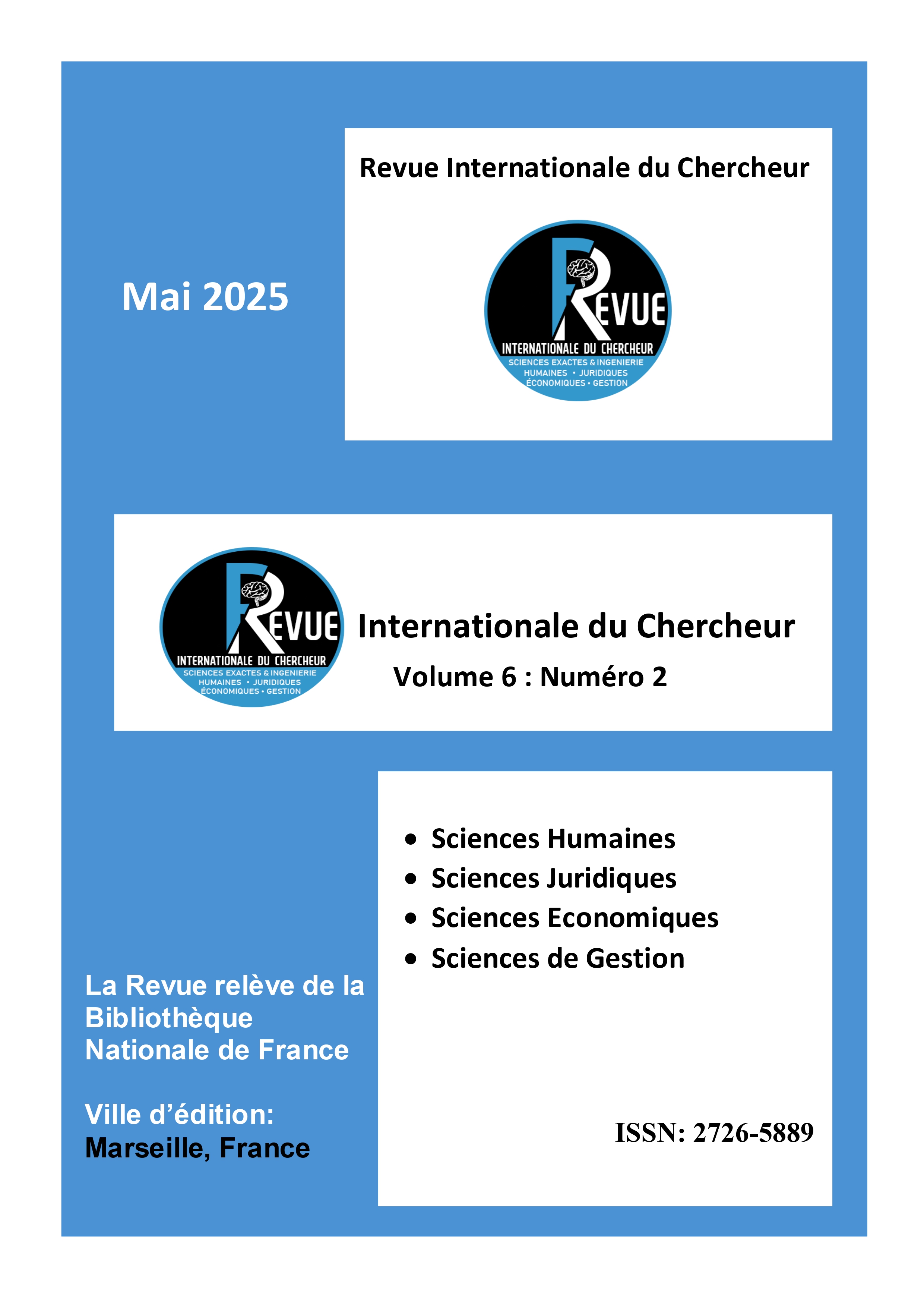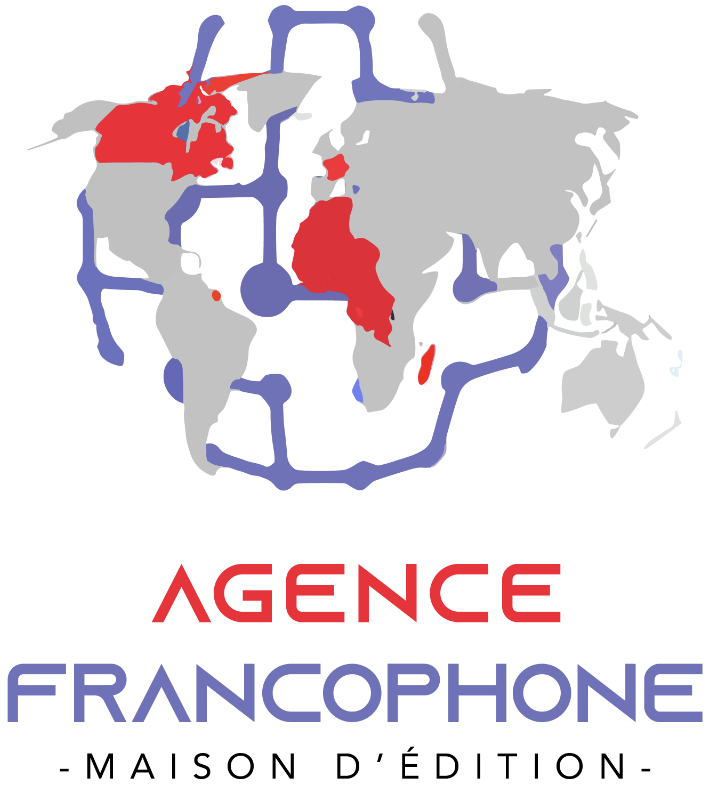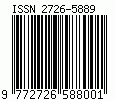Dreaming the present in the past in *The Thousand-and-second tale of Scheherazade* by Edgar Allan Poe: a process of imagination with geometric backgrounds
Keywords:
The fantastic, imagination, geometry, ancestral dogma, universalismAbstract
Abstract:
The fantastic is all things considered a poetic mode of expression which apart from its conventional entrenchment in the supernatural or the unreal, contains objective qualities in the form of symbols that are useful for the organization of the links between the “dreaming” self and the world. It is the universe of imagination which, in Edgar Allan Poe’s work, accompanies the extraordinary experiences of characters whose adventurous nature combines in orthodox union with their fate. Poe’s characters recreate their world or are rather recreated by the world through the wonder it imparts them and the vagaries of imaginative mechanisms in full gestation. Our objective will be to resuscitate the effective characteristics of the fantastic as a category in The Thousand-and-second tale of Scheherazade in spite of the hindrances of a conceptual or moral universalism underlying the spirit of the narration. To this end, we will invoke the power of geometry which, we believe it, gives the opportunity to “re-imagine” the different motives of the tale apart from the universalism which restricts the experiences of certain characters.
Downloads
Downloads
Published
How to Cite
Issue
Section
License
Copyright (c) 2025 Abdelhalim ZITI

This work is licensed under a Creative Commons Attribution-NonCommercial 4.0 International License.















